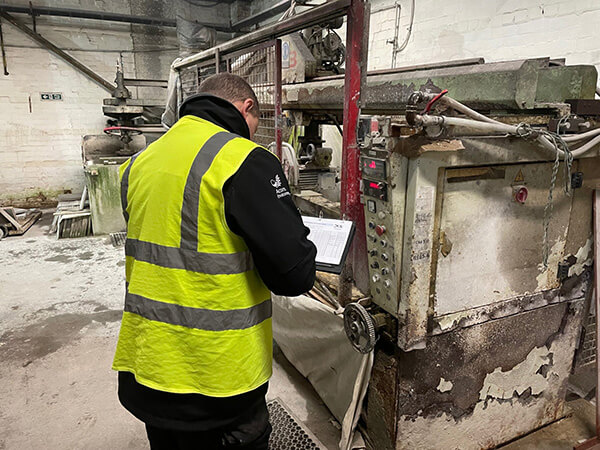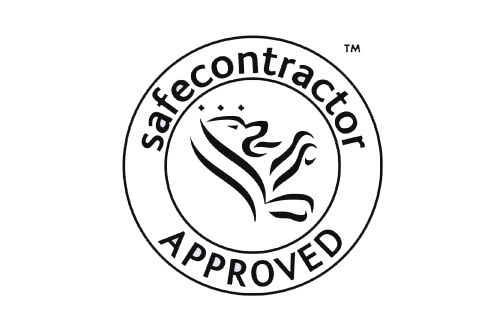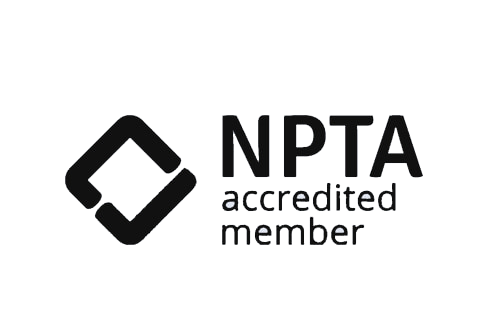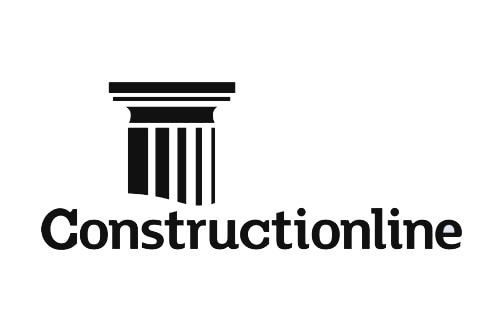Need a Legionella test? Call Acorn Environment Services Ltd
Get started
Get a free quote from the water hygeine team"*" indicates required fields






Legionella bacteria naturally exist in places like ponds, rivers, and lakes. However, it can also grow in artificial water systems, such as fountains, waterparks and boilers. When it enters a building’s water system, it can pose serious health risks and lead to Legionnaires’ disease if people inhale droplets of contaminated water. Poorly maintained water systems create an environment where Legionella can thrive, turning it into a potential hazard.
At Acorn, we have years of experience in testing for Legionella bacteria. If you think your water is contaminated, get in touch with our friendly team for expert advice.
Understanding how temperature affects the growth of Legionella is one of the most important parts of keeping your water systems safe. To help you get to grips with this bacteria, we will cover the following topics:
- Legionella and water systems
- What temperature kills Legionella?
- The impact of temperature on Legionella growth
- Managing water temperature to prevent Legionella
- Legionella testing and monitoring
Legionella and Water Systems
Legionella bacteria can quickly multiply in various water systems, posing a threat to human health. Cooling towers, with their warm temperatures, provide an ideal environment for Legionella growth. Hot water tanks, spas, and decorative fountains can also become breeding grounds if not properly maintained and disinfected.
Once Legionella enters these water systems, it forms biofilms (a layer of slime) on interior surfaces, releasing contaminated aerosols into the air. It’s when people inhale these aerosols or droplets that they can catch Legionnaires’ disease, which has common symptoms of a high fever, cough, muscle aches, and shortness of breath.
The impact of temperature on Legionella growth
Temperature plays a big role in the spread of Legionella bacteria, making it an important factor in water system management. Legionella thrives in temperatures between 20°C to 45°C (68°F to 113°F), which is known as the “temperature danger zone”. Within this range, the bacteria can rapidly multiply and pose a significant health risk to people exposed to contaminated water droplets.
Below 20°C, Legionella becomes dormant and unlikely to cause harm, they also stop multiplying in low temperatures. Since it can’t survive in high temperatures, the bacteria will begin to die off in temperatures above 50°C.
Maintaining water at 50°C for two hours kills 90% of bacteria. Raising the temperature to 60°C achieves the same result in just two minutes. Hitting 70°C instantly eliminates all Legionella bacteria present.
Managing Water Temperature to prevent Legionella
In the UK, all water systems should be kept above or below the temperature danger zone and hot water supplies should be stored at 60°C as a minimum. Similarly, all cold water supplies should never rise above 20°C. This practice is known as thermal disinfection and will keep your water system safe from the bacteria.
It’s also a good idea to regularly monitor and maintain your water system – check and adjust the temperature settings, and quickly address any temperature-related issues. You could even implement water system flushing routines, as well as carrying out cleaning and descaling. A proactive approach to temperature management ensures the safety and well-being of everyone using the water system.
Legionella Testing and Monitoring
Regular Legionella testing and monitoring in water systems is crucial for public health. It helps detect and prevent bacterial growth, ensuring safe water quality. The bacteria may seem scary, but with proper management, you can relax with complete peace of mind.
If you’re worried your water is contaminated, you’ve come to the right place as we have over 25 years of expertise in the water hygiene industry. Our Legionella water testing services leave no stone unturned and include a legionella risk assessment, water monitoring, sample analysis and cleaning and disinfection.
Get in touch with our water hygiene specialists today – they can talk through your options and get you booked in for a site visit.
"*" indicates required fields
